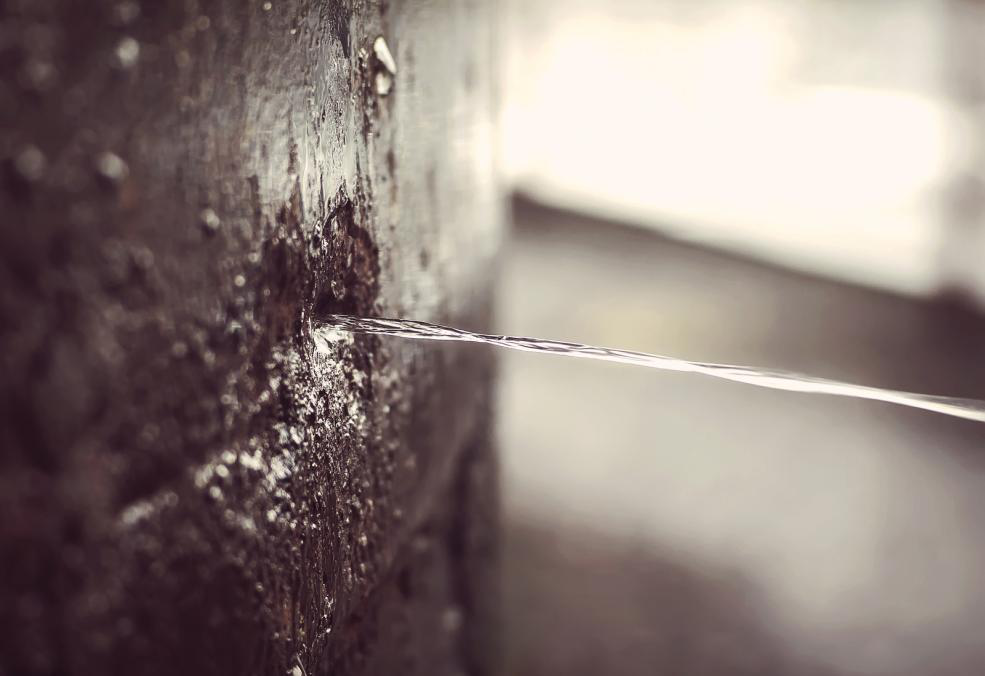This great article in the next paragraphs relating to Locating water leaks is quite interesting. Check it out for your own benefit and see what you think of it.

Early detection of leaking water lines can reduce a possible catastrophe. Some little water leaks might not be visible.
1. Examine the Water Meter
Checking it is a surefire means that assists you uncover leaks. If it relocates, that suggests a fast-moving leak. This means you may have a slow-moving leak that can also be underground.
2. Examine Water Usage
Analyze your water bills as well as track your water usage. As the one paying it, you need to discover if there are any type of disparities. If you detect sudden changes, despite your consumption being the same, it suggests that you have leakages in your plumbing system. Remember, your water bill should fall under the same range each month. An unexpected spike in your expense suggests a fast-moving leakage.
At the same time, a steady rise on a monthly basis, even with the exact same behaviors, reveals you have a slow-moving leakage that's additionally slowly intensifying. Call a plumber to extensively check your home, particularly if you feel a cozy location on your floor with piping underneath.
3. Do a Food Coloring Examination
When it comes to water consumption, 30% comes from toilets. If the color in some way infiltrates your dish during that time without flushing, there's a leak between the storage tank as well as dish.
4. Asses Outside Lines
Do not neglect to check your outdoor water lines too. Test faucets by connecting a yard hose pipe. Needs to water permeate out of the link, you have a loose rubber gasket. Change this and ensure all connections are tight. It will help get it professionally examined and maintained annually if you've got a lawn sprinkler system. One little leakage can lose lots of water as well as spike your water bill.
5. Analyze the circumstance and also examine
Home owners must make it a practice to check under the sink counters as well as even inside closets for any kind of bad odor or mold and mildew growth. These two red flags indicate a leak so prompt focus is called for. Doing regular assessments, even bi-annually, can conserve you from a significant issue.
If you recognize your residence is currently old, keep a careful eye on your heating systems, pipes, pipelines etc. Look for stainings and weakening as the majority of appliances and also pipelines have a life expectancy. They will additionally normally degrade due to wear and tear. Don't wait for it to intensify if you think dripping water lines in your plumbing system. Call an expert plumber immediately so you do not end up with an awful mess in your home.
Early discovery of dripping water lines can alleviate a prospective disaster. Some little water leakages may not be visible. Examining it is a guaranteed way that helps you discover leakages. One small leak can throw away bunches of water as well as spike your water costs.
If you presume leaking water lines in your plumbing system, do not wait for it to intensify.
WARNING SIGNS OF WATER LEAKAGE BEHIND THE WALL
PERSISTENT MUSTY ODORS
As water slowly drips from a leaky pipe inside the wall, flooring and sheetrock stay damp and develop an odor similar to wet cardboard. It generates a musty smell that can help you find hidden leaks.
MOLD IN UNUSUAL AREAS
Mold usually grows in wet areas like kitchens, baths and laundry rooms. If you spot the stuff on walls or baseboards in other rooms of the house, it’s a good indicator of undetected water leaks.
STAINS THAT GROW
When mold thrives around a leaky pipe, it sometimes takes hold on the inside surface of the affected wall. A growing stain on otherwise clean sheetrock is often your sign of a hidden plumbing problem.
PEELING OR BUBBLING WALLPAPER / PAINT
This clue is easy to miss in rooms that don’t get much use. When you see wallpaper separating along seams or paint bubbling or flaking off the wall, blame sheetrock that stays wet because of an undetected leak.
BUCKLED CEILINGS AND STAINED FLOORS
If ceilings or floors in bathrooms, kitchens or laundry areas develop structural problems, don’t rule out constant damp inside the walls. Wet sheetrock can affect adjacent framing, flooring and ceilings.
https://www.servicemasterbyzaba.com/blog/how-to-detect-water-leakage-in-walls/

We had been brought to that write-up about Hacks to detect leaks through a good friend on a different web blog. Appreciated our blog entry? Please share it. Let someone else discover it. Many thanks for your time spent reading it.